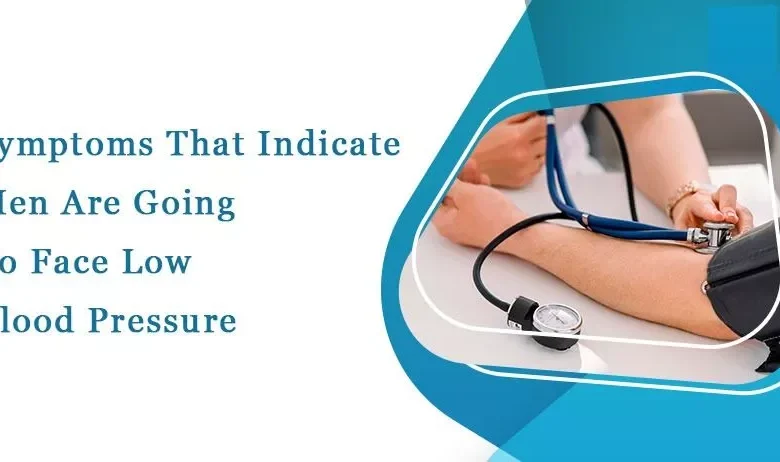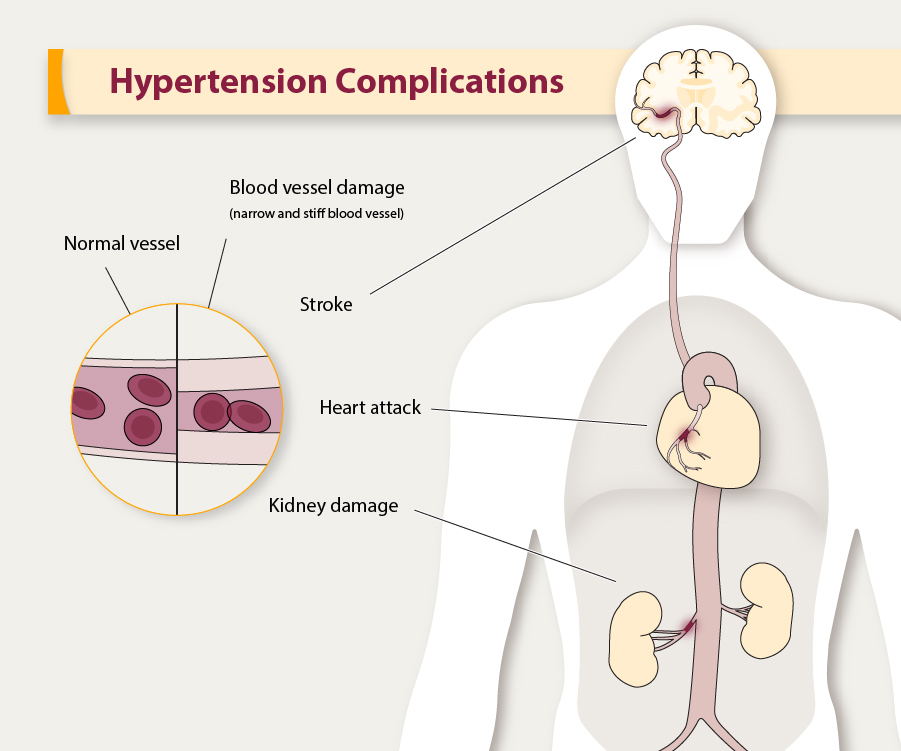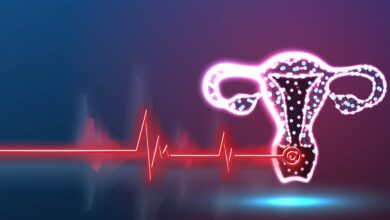
A HIGH BLOOD PRESSURE IS WHAT?
The term hypertension is another name for high blood pressure. The amount of pressure applied to the artery walls as blood flows through them is known as blood pressure.

A validated diagnosis of hypertension requires that the blood pressure be chronically increased. High blood pressure is a sign that the artery walls are being subjected to excessive pressure on a regular basis. Chronic refers to something that lasts for a long time; it is persistent.
According to the American Heart Association, 85 million Americans, or around 1 in every 3 adults over 20, have excessive blood pressure. Erectile Dysfunction can be treat medicine Cenforce.According to the National Institutes of Health (NIH), around two thirds of Americans over 65 have excessive blood pressure.
Uncontrolled or untreated high blood pressure can result in a number of health issues. These ailments include kidney disease, eyesight loss, heart failure, and stroke.
The force that your blood applies to the artery walls is known as blood pressure. Your body’s organs and muscles are safely and effectively pushed by normal blood pressure to receive the oxygen and nutrition they require.
Throughout the day, blood pressure fluctuates, rising and falling. Nonetheless, high blood pressure or hypertension is the term used when blood pressure remains raised over time. The American Heart Association estimates that 76.4 million Americans suffer from high blood pressure. For 326,000 Americans in 2006, high blood pressure was a major contributing factor in their deaths.
Children and adults can develop hypertension, but it is more frequent in adults, particularly in elderly and Black American people. Hypertension is more prone to develop in those who also have other medical disorders like diabetes or kidney disease for Fildena 150. Moreover, taking oral contraceptives, being overweight, and excessive alcohol consumption—defined as more than two drinks per day for men and one drink per day for women—can also raise blood pressure.
Women make up around half of all Americans with high blood pressure. Up to menopause, men are more likely than women to suffer hypertension. Thereafter, the risk is greater for women. In relation to 30% of women, hypertension exists.
Measured in millimetres of mercury, blood pressure is commonly expressed as two digits placed one over the other (noted as mm Hg). Systolic blood pressure, or the pressure exerted as the heart beats, is represented by the first number. Diastolic blood pressure, which makes up the second figure, refers to the pressure in the arteries between heartbeats.
Your blood pressure may rise or fall during the day based on your activity. A blood pressure value of 119 mm Hg or below systolic and/or 79 mm Hg or below diastolic (119/79) is regarded as normal if you are not seriously unwell, are over 18 years old, and are not using antihypertensive medications.
You have prehypertension if your systolic blood pressure is between 120 and 139 mm Hg and/or your diastolic pressure is between 80 and 89 mm Hg. This indicates that although you do not now have high blood pressure, you are more likely to do so in the future. It also indicates that you have higher risk factors for cardiovascular disease and other diseases linked to high blood pressure.
High blood pressure is defined as 140/90 mm Hg or greater.
If your systolic pressure is between 140 and 159 and/or your diastolic pressure is between 90 and 99, you have stage 1 hypertension. You have stage 2 hypertension if your systolic pressure is 160 mm Hg or higher and/or your diastolic pressure is 100 mm Hg or higher. You can have isolated systolic or diastolic hypertension, meaning that just one of the readings needs to be higher than normal for a diagnosis of high blood pressure. Among older Americans, isolated systolic hypertension (ISH) is the most typical type of elevated blood pressure. According to the National Heart, Lung, and Blood Institute (NHLBI), ISH affects 65 percent of hypertensive adults over 60.
About 90% to 95% of all cases of hypertension have an unknown origin. Primary or essential high blood pressure is the name given to this form of hypertension. Because it encompasses all of the distinct disorders that elevate blood pressure, secondary hypertension is unique. Because the treatment for this form of hypertension differs from that for primary hypertension, a proper diagnosis is crucial. Primary hypertension cannot be cured, however it may typically be recognised and controlled.
Nonetheless, only around one-third of persons with high blood pressure are aware of their condition, and high blood pressure can exist for years without being detected. High blood pressure has earned the moniker “the silent killer” for this reason.
Just around 30% of people with hypertension have the condition under control, which is indicated by a reading below 140/90 mm Hg. If untreated, hypertension can permanently harm the body’s small blood arteries, harming organs including the heart, brain, and kidneys and increasing the risk of heart attacks, strokes, and renal failure. Moreover, it may result in acute or long-term circulation issues.
The risk of coronary heart disease, including heart attack and stroke, is greatly increased by elevated blood pressure levels. Consistently having high blood pressure raises your likelihood of developing congestive heart failure and can cause a variety of other issues, including:
Atherosclerosis:
Plaque builds up on the walls of blood arteries damaged by hypertension, eventually causing blockages that could cause a heart attack or stroke. As you age, this plaque can accumulate for a variety of causes, but high blood pressure accelerates the process.
Eye damage:
Little haemorrhages in the theretina, the light-sensitive membrane at the back of the eye on which images are formed, can be brought on by high blood pressure in blood vessels. You might experience some vision loss if this occurs.
Heart failure or enlargement: There are two different types of heart failure. In the first, the heart’s walls are thin and frail because they have been strained by the heart’s expanding blood volume. In the second, which is frequently observed in hypertensive patients, the heart muscle enlarges in response to the greater strain and higher pressure. It grows to such a size that it starts to block off the ventricular chamber, reducing the volume of blood that the heart can hold. Diastolic dysfunction refers to the condition when the heart muscle is unable to relax normally and permit the chamber to be filled with blood.
Kidney damage and failure: High blood pressure narrows the arteries that supply your kidneys, reducing their ability to effectively remove waste from your body. In the United States, high blood pressure contributes to more than 25,000 new cases of renal failure annually. Particularly at risk are African Americans. Kidney damage can be averted with early hypertension treatment.
Every time you see a doctor or other healthcare provider, you should have your blood pressure tested. Blood pressure readings should be taken several days before a diagnosis of high blood pressure is made since it can fluctuate. Even if one high blood pressure result doesn’t necessarily indicate that you have high blood pressure, it does call for more checks and close monitoring.
Changing your diet and way of life may help you regulate high blood pressure. When you consume less sodium (salt), less fat, more fruits, vegetables, and low-fat dairy products—such as those found in the DASH diet—and less alcohol, you may be able to lower your blood pressure if you have mild hypertension. Losing weight could lower your blood pressure if you are obese. Even if you don’t lose weight, increasing your physical activity can lower your blood pressure.
Changes in lifestyle may not be sufficient for all persons to lower blood pressure. Fortunately, long-term medicine can effectively cure high blood pressure.
Angiotensin-converting enzyme inhibitors (ACE inhibitors), angiotensin II receptor blockers (ARBs), directrenin inhibitors (DRIs), calcium channel blockers (CCBs), vasodilators, alpha-beta blockers, central-acting medicines, and alpha blockers are among the medications that are frequently administered. Most forms of hypertension have no known cure, thus therapy is typically required for life to keep blood pressure from going up.
In order to lower the risk of coronary heart disease and stroke, several of these medications are also available to treat isolated systolic hypertension (ISH).





